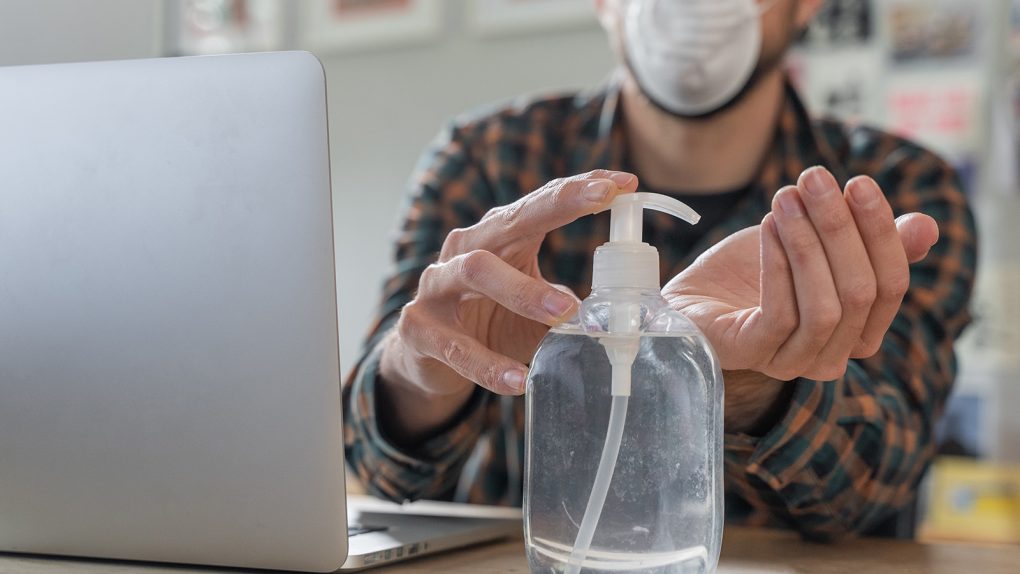- It’s not just people who exhibit coronavirus symptoms that can spread COVID-19. Asymptomatic carriers can be contagious, as a fatal case of COVID-19 from California proves once again.
- A man attended a barbecue party after some restrictions were lifted in California, and he started feeling ill in the days that followed.
- He tested positive and died of COVID-19 a few days after he received the test result. It is believed that he was infected by an asymptomatic carrier who attended the same event.
- The asymptomatic person was aware of his positive diagnosis when he went to the party, but he thought he could not infect anyone because he had no symptoms. Nearly a dozen others in attendance at the party were infected.
We’ve been dealing with the novel coronavirus for nearly six months, but the illness is far from being contained. It’s actually just the opposite, as the world is dealing with a massive surge in cases. More than 200,000 people were diagnosed on July 1st, including over 50,000 Americans. Both figures are new records, having surpassed all previous highs. Everyone has heard how dangerous the disease can be, but people still can’t stop themselves from engaging in risky behavior that can favor the spread of COVID-19. The latest example comes from California, where an asymptomatic carrier may have infected nearly a dozen people at a party including a 51-year-old man who later died of COVID-19 complications.
“I went out a couple of weeks ago … because of my stupidity, I put my mom and sisters and my family’s health in jeopardy,” Thomas Macias wrote on Facebook just one day before dying. “This has been a very painful experience. This is no joke. If you have to go out, wear a mask, and practice social distancing. … Hopefully, with God’s help, I’ll be able to survive this.”
The man went to a party near his community in Lake Elsinore, California last month. Soon after the party, he started feeling sick. Macias was tested on June 15th and got his positive result three days later. He wrote the message above on June 20th before passing away just one day later.
Macias wasn’t the only person who caught COVID-19 at the party. One of his friends reached out later to say he had coronavirus and that he knew the diagnosis when he attended the party. But he didn’t think he could infect anyone because he had no symptoms. The man ended up infecting nearly a dozen people at the event.
“Our understanding is that a gentleman had called him and said, ‘hey I was at the party, I knew I was positive. I didn’t tell anybody,'” brother-in-law Gustavo Lopez told CNN. “I think the gentleman was regretting not telling everybody, and he was calling people who were at the party to recommend they get tested.”
Macias was upset but blamed himself for the error in judgment, the reports notes. He was a diabetic who barely got out before the restrictions were lifted.
We’ve talked at length about the fact that asymptomatic carriers might seem perfectly fine, but they can spread the virus to others. Their bodies can suffer the same types of damage as people who develop symptoms. Studies have already confirmed that. Ground-glass opacities have been observed on CT results for people who had no visible signs of the disease. That’s proof the virus is multiplying inside the body, and it’s an indication that asymptomatic patients can be dangerous to everyone.
Dr. Anthony Fauci explained that it’s asymptomatics who are making it more difficult to contain the disease. He recently detailed a new testing method to increase the search for asymptomatic carriers and potentially slow the speed of transmission.
A positive diagnosis will not be any good at stopping the spread if the asymptomatic person doesn’t isolate as instructed, or if he or she doesn’t wear a mask when out in public. This California party above is an incredibly sad example of everything going wrong. A person who was infected attended a crowded event and passed the virus to several people, including a man who died. He didn’t mean to infect anyone, but he’ll live for the rest of his life knowing that he was likely responsible for his friend’s death.








